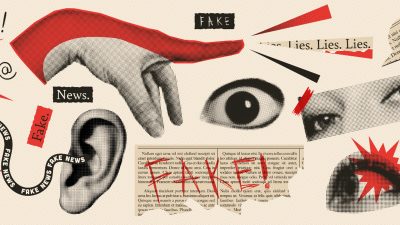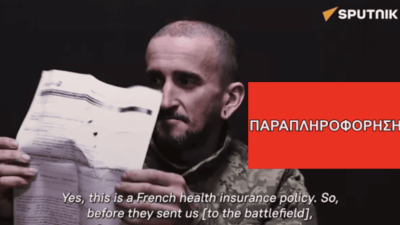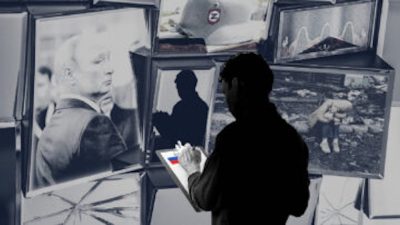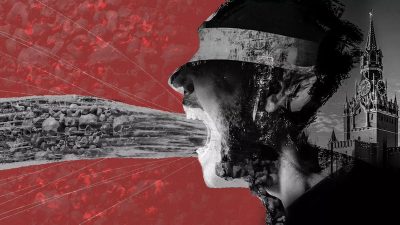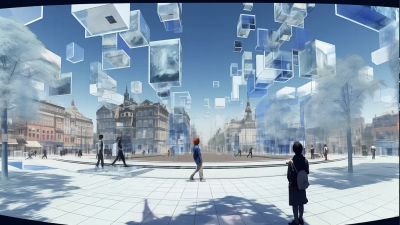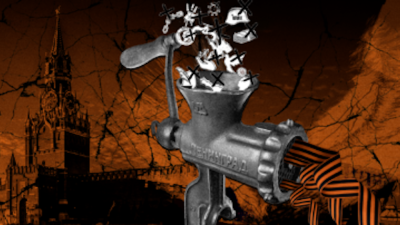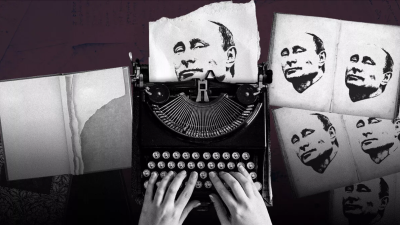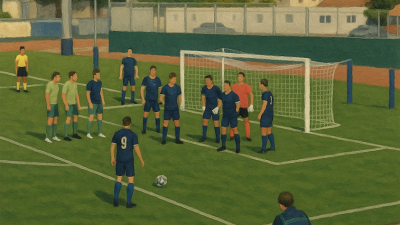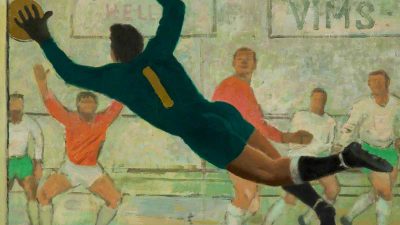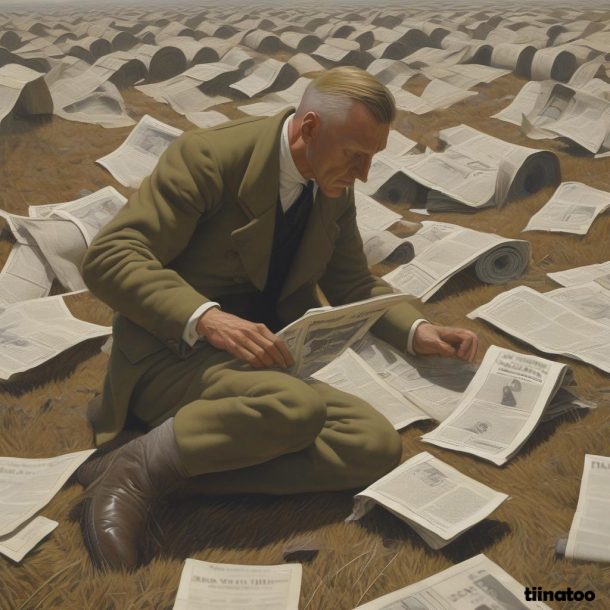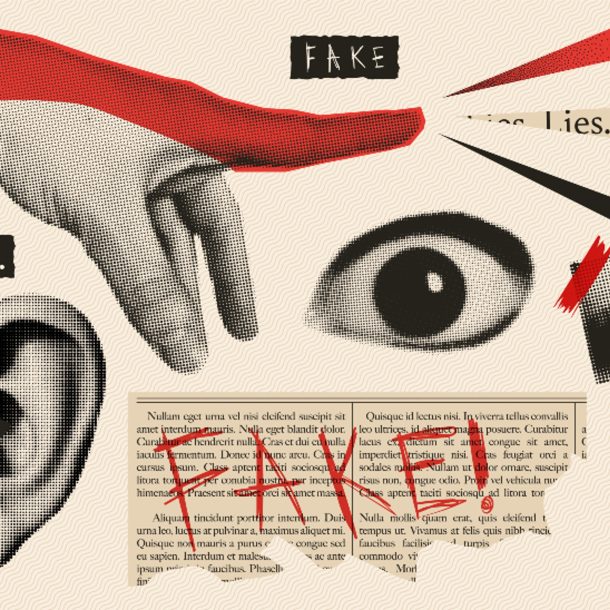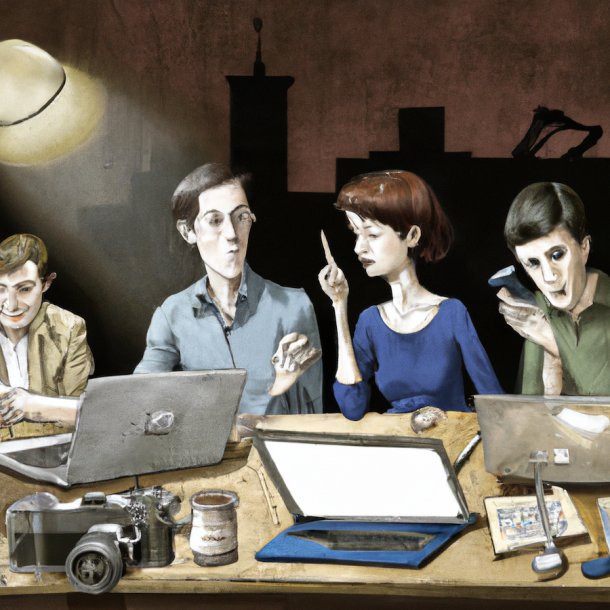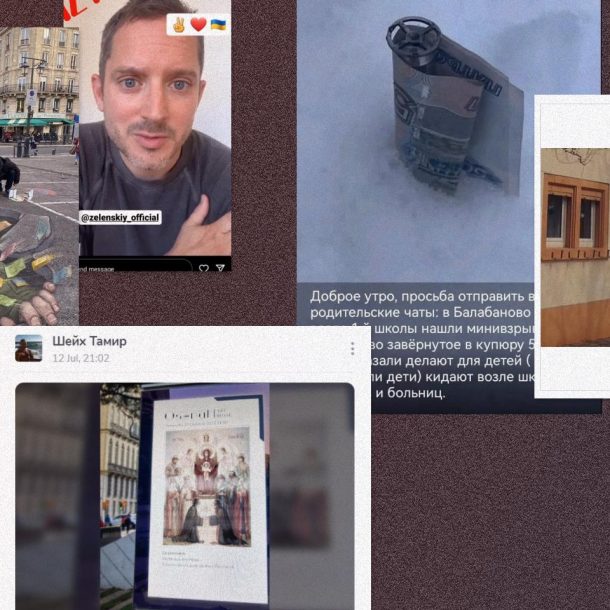Topic of the video: the future of fake news and media literacy.
Aim of the video
The aim of this video is to educate the youth on the challenges new technologies bring in terms of disinformation and manipulation. The video’s main focus in on the so call deep fake technologies, which are just around the corner to fool not only the Internet users, but also citizens, customers, etc. Through showing the young audience that what one sees, is not always what really exists, the video also informs about how possible manipulation can be spotted.
Target age group: 14+.
How to use it for educational purposes?
This video can be used during media literacy classes, for students who have already some background on the topic and are digitally and technologically literate. It could be used independently to show and discuss how technology can be used for disinformation, but also it can be a part of a scenario in which the students
- either first go through deep fake photographs and try to guess who the photographed persons are (they are not informed in advance that those persons are AI-created) and then are shown the video to discuss why they were misled | did not suspect the people do not exist;
- or first watch the educational video and then go through deep fake photos and videos and try to spot signs of manipulation.
The video can also be used during IT / computer science classes.
Topics for discussion:
- how one can be mislead through various types of visuals
- manipulation | disinformation: what is it based on? Who is most vulnerable? What aim does that have? Who is the target and who is the orchestra?
- technology (with a focus on artificial intelligence): what challenges it brings, what opportunities and dangers can be associated with that
- black script: how can deep fake technologies be used? Who can used them? What might they do to security, democracy, etc.
- black scripts and searching for solutions: deep fake, advanced technologies
Reflection questions:
– What is deep fake technology?
– What are some types of visual manipulation?
– Can you trust videos and photos that are posted on social media?
– How can you try spot deep fake content?
– Who should take action to fight agains disinforming deep fake content?
– What have you learnt for the video? How can you use that knowledge skills?
– Has this video changed the way you will look at social media profile pictures? Will it make you more cautious when watching e.g. viral and sensational videos?
– How can we make the society aware of the existence of deep fake content?









